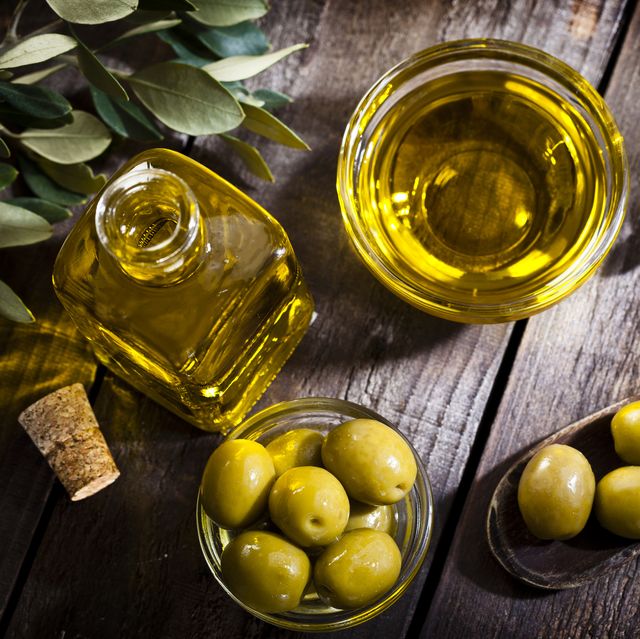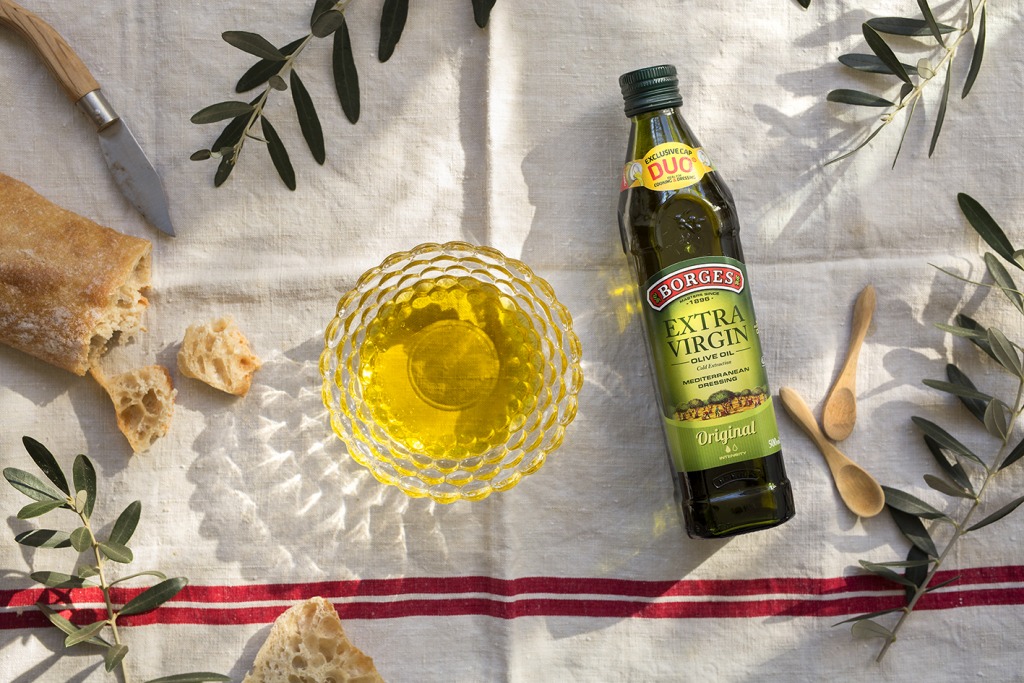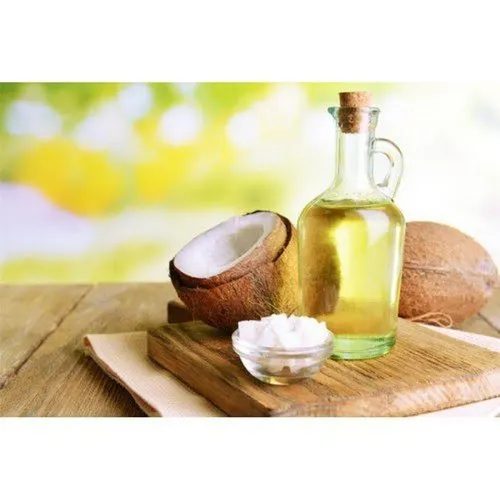How Storage Conditions Can Make Or Break The Quality Of Your Bulk Oil
How Storage Conditions Can Make Or Break The Quality Of Your Bulk Oil: Once your olive oil is deliver, you can’t just forget about how to keep it. It would be like purchasing ice cream from the shop and taking eight hours to get home and freeze it if you were to purchase olive oil and store it improperly.

Before making a purchase, you must decide what you’re going to do with it; this is especially important for manufacturers since there is more money and oil at stake. But regardless of the manufacturer or home cook, this still holds true. As long as you follow the recommended storage guidelines, you may prolong the freshness of your olive oil.
Keep It Cool
Olive oil should ideally be store at room temperature or a little bit colder (between 50° and 70° F). Avoid storing it outside in the summer, placing it next to a heater, placing it near a hot window, or placing it in direct sunlight. It can, however, be store at room temperature without the necessity for cold storage.
You can potentially store it in cold storage if that’s what you want to do.It can be chill, although it might get solidify. However, there’s a simple solution: just restore it to room temperature before using it, and it will transform back into a liquid.
If it’s a retail bottle, all you have to do is run some warm water in your sink and submerge the bottle for ten to twenty minutes.If you work with extra virgin olive oil (EVOO), just be mindful that some of the natural waxes and/or particles of olive oil may sink to the bottom of the container. How Storage Conditions Can Make Or Break The Quality Of Your Bulk Oil

Larger bulk sizes may require more work to de-thaw, and we advise using a separate method for every size of container. Just keep in mind that it may take longer than you anticipate for it to return to its typical consistency—up to one week. Read this article to learn more about the precise timing of the defrosting process for each size of bulk packaging.
Additionally, you may read through this eBook, which covers all the details, to find out more about what to do with olive oil that has crystallized in the cold:Aid! The cold has solidified my olive oil!
Keep It Dark
The best place to keep your olive oil is in a container that keeps light out. Look for a dark green bottle if you are purchasing something for your kitchen from a retail establishment. The purpose of these color bottles is to help block light and maintain the oil’s quality while it is being transport and stored. In this manner, your bottle will be as fresh as possible when you open it. Additionally, place items you don’t use every day in a cupboard away from the kitchen’s light source.
Try to find a cardboard tote, drum, or even a 35-pound container if you purchase olive oil in large quantities. All these choices will prevent much, if any, light from reaching the oil. Light can speed up the oxidation process, which isn’t ideal for preserving oil.
Keep It Sealed From Air
Avoid putting your oil near air if at all feasible. Undoubtedly, oxygen can hasten the oxidation process. Store it in a closed bottle in your home kitchen (unfortunately, not the glass bottles with the attractive open-top pour spouts).
Use 35-pound containers or cardboard totes for producing in large quantities. If you choose the cardboard totes, as the oil is use, the bag compresses around it, keeping oxygen away from it. When you dispense your oil, the IBC plastic tote stays a rigid box and air flows through it continuously.

You can only open a few gallons of oil at a time with the 35-pound containers, so each close container that is left close is keep away from open air. Remember that olive oil can be store under these ideal circumstances for up to two years after the date of manufacturing. Plan to use your oil within 6 to 12 months of purchase if you want to be safe.
What Happens If You Don’t Store Your Oil Properly
Your oil will turn rancid if it gets too heat, or if it is expose to too much light or oxygen. It won’t taste good and may have an odd smell or odor, but it won’t go bad as dairy does—it’s still safe to consume and shouldn’t make you sick. It might also become lighter in color, lose its flavor, or acquire an aged or musty taste.
If any of these storage requirements—such as heat and sunlight—are not met, the oil may deteriorate more quickly than it ought to. To find out exactly how these unfavorable circumstances could impact the olive oil, I intended to do an experiment at home. Heave hooray! I’m glad I snap some pictures because it was really insightful.
My Personal Experiment
I began by using our Extra Virgin Olive Oil for my experiment. The identical batch of oil is show in both of the photographs below.
An OLD bottle of that oil may be seen in the left-hand shot below. It was kept on my kitchen counter for three months while I was abroad. It was bright in my kitchen, and even though the top is hidden, it’s in an open-top pour-spout bottle. All of the factors that degrade quality are present in this example:
- It was left directly on my counter, right in the path of sunlight from the window. This kitchen was warm, and the daily sunbeam was even warmer.
- The bottle is clear, which means that the sunlight light is getting in through the sides of the bottle.
- The bottle is an open pour top — while it looks pretty, it’s letting in air all of the time.
Take notice of the color: Light, almost the color of canola oil! That’s not how it started. It also smelled yucky… old, musty, just OFF.

To shoot the photo on the right above, I pull out the old oil bottle, clean it, and took out a gallon of the same EVOO (which was keep in my cupboard, you know, in a close, dark, cool area). I then filled this glass cruet with extra oil and took another photo. Much better! That is the appropriate look!
These pictures were take two minutes apart from the exact same initial gallon of oil. This only serves to highlight how much heat, air, and light can change the oil’s quality! It goes without saying that I will only use GREEN, sealed, re-fillable bottles going forward and have stopped using this open-top bottle.
Give Your Oil A Fighting Chance
The aforementioned experiment is what gradually deteriorates your olive oil day by day if you store it in hot, sunny spots or if you constantly let air in. Before you purchase your olive oil, do the necessary preparations for storage to ensure that it will remain fresh for several months.


